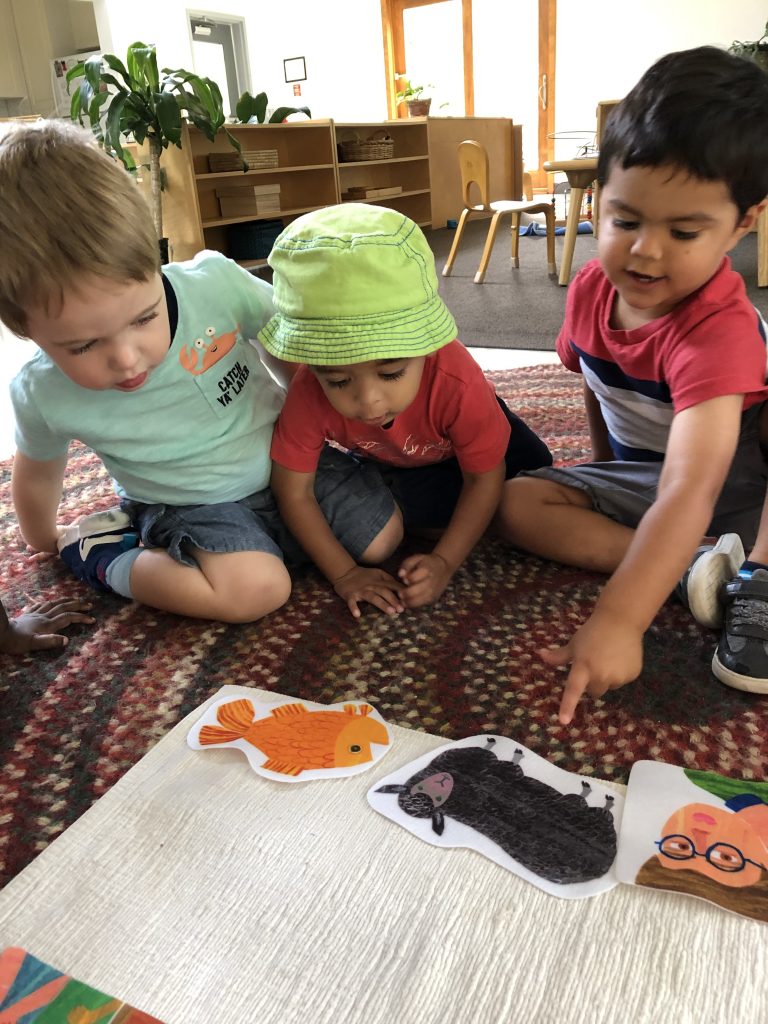Toddlers and the Three Period Lesson
By Colleen McHugh, Toddler Teacher
New-comers are often surprised to learn that we do not give formal lessons in our toddler environment. We do not sing our ABC’s, have flashcards, or worksheets to practice. If we are not providing these tasks then how is the child learning? Maria Montessori discovered that children do not learn best through quizzing, the child learns through exploration and engagement with the materials and adults in their environments.
One of the biggest areas of development for the young child is language. Language is absorbed by the young child long before they can speak. The adults in the toddler environment are mindful of the way they speak to the children; slowly, annunciating words, and using correct terms.

In addition to our daily interactions, the children have language materials on the shelves. These materials include object naming, object to object matching, picture to picture matching, and object to picture matching. Through these interactions, the child is absorbing the language and beginning to recognize phonetic sounds which will later help them in their primary years.
While no formal lesson is given, we do participate in the “Three Period Lesson”, though many of our young children may only receive the first two periods.
- Introduction “This is…”
Objects are introduced slowly and one at a time. Repeating the name of the object helps the young child retain the information given. Once all objects are introduced, they are repeated again.
“This is a picture of a cow. Would you like to look at the cow? Please pass the cow to Maria. This is a picture of a chicken….” - Recognition “Show me…”
After the objects have been introduced to the child, we will ask for the child to show us the object. Children are often able to identify an object before they are able to speak its name.
“Maria, will you please show me the cow? Nolan please hand me the chicken. Ryan where is the sheep?”
If we ask the child for the cow and they hand us the sheep we do not tell them no, instead this is an opportunity to repeat the names of the objects. “Maria, you found the sheep, now let’s find the cow”. This is an opportunity to build the child’s confidence as well as their vocabulary. - Recall “What is…”
After objects have been named and identified we can now ask the child to name the objects themselves.
These lessons are perceived as play for the child, so feel free to incorporate some of these tools into your daily interactions as well!
